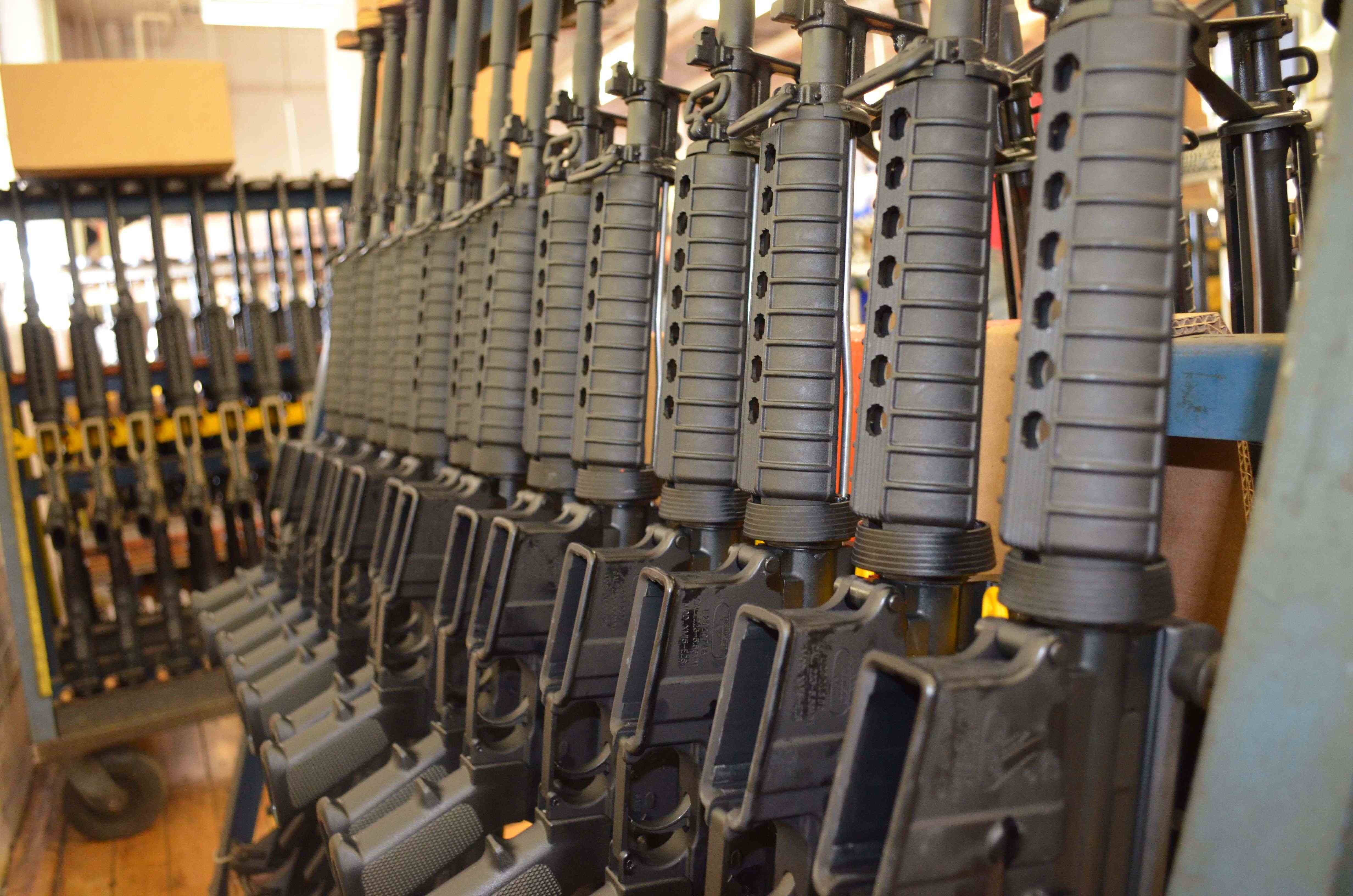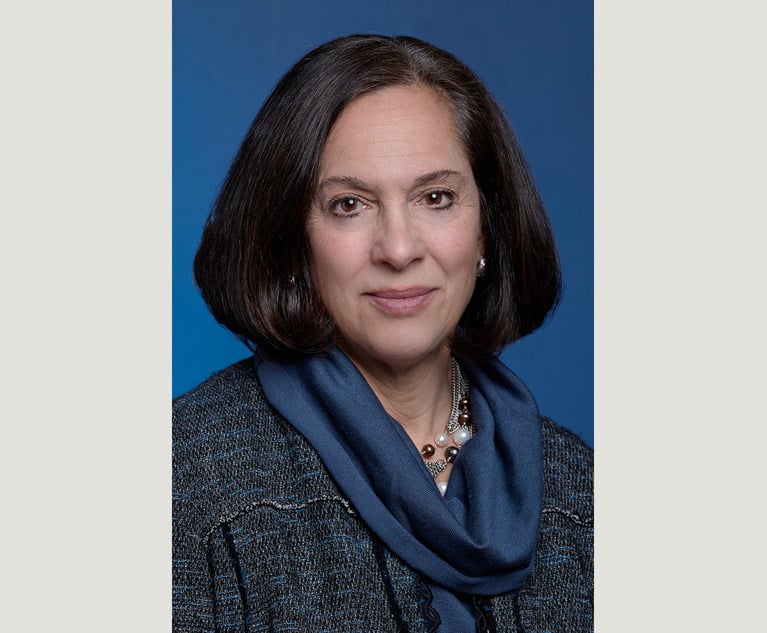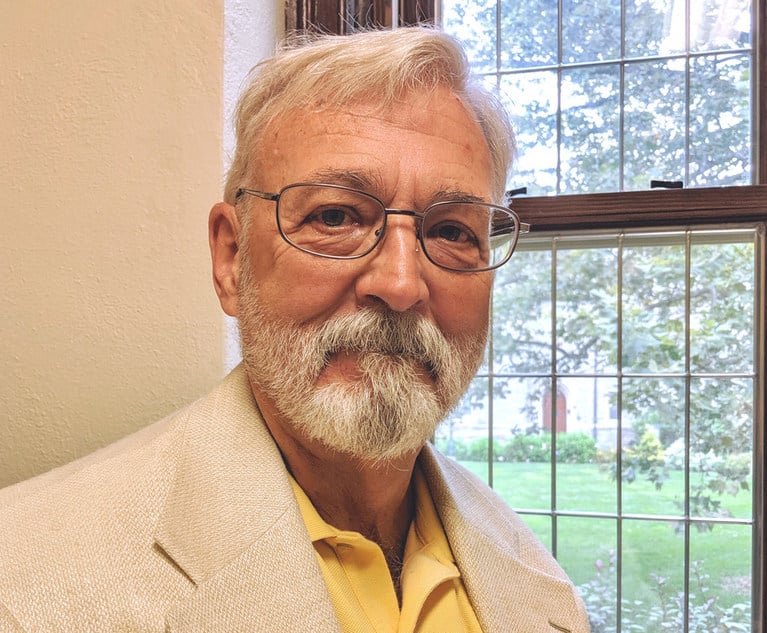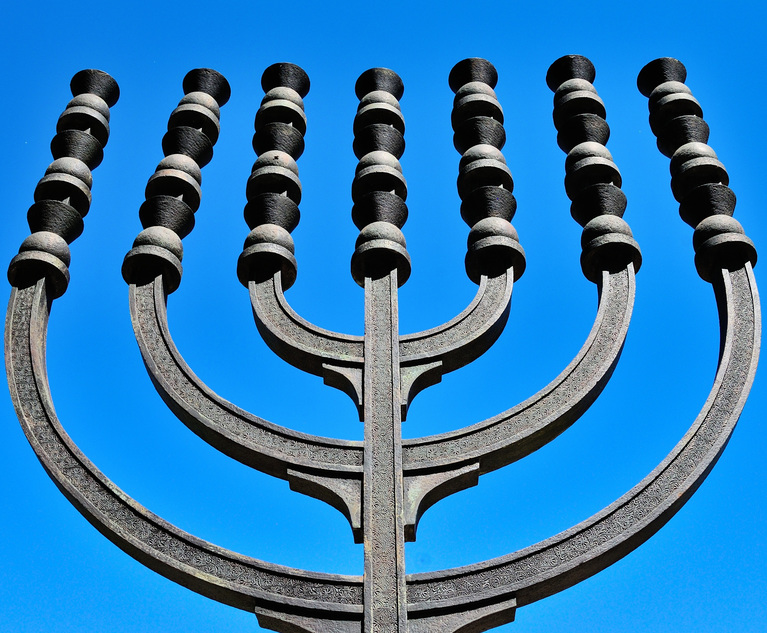Feb. 14, 1929, began in Chicago like any other Valentine’s Day holiday; men and women affirming their affection, a cold wind blowing through the city and the prospect of several more weeks of winter ahead. It ended with seven bootleggers cut down by Thompson submachine guns in the back of “Bugs” Moran’s garage. Chicago was shocked and the county horrified. Over the next few years the likes of Bonny and Clyde, John Dillinger and Baby Faced Nelson all used machine guns to support careers of crime and murder. Machine guns were legal and easily obtained.
National outrage led to the National Firearms Act of 1934. The act regulated machine guns, sawed-off shotguns and several other kinds of firearms. It did not outlaw them, but tightly controlled the circumstances under which they could be possessed by private citizens. Among other things, it required an extensive background check that included submitting photographs and fingerprints and payment of a then-substantial registration fee. Its effect was not to eliminate machine guns or sawed-off shotguns, but it did limit their availability and use.


 Bushmaster AR-15/courtesy photo
Bushmaster AR-15/courtesy photo



